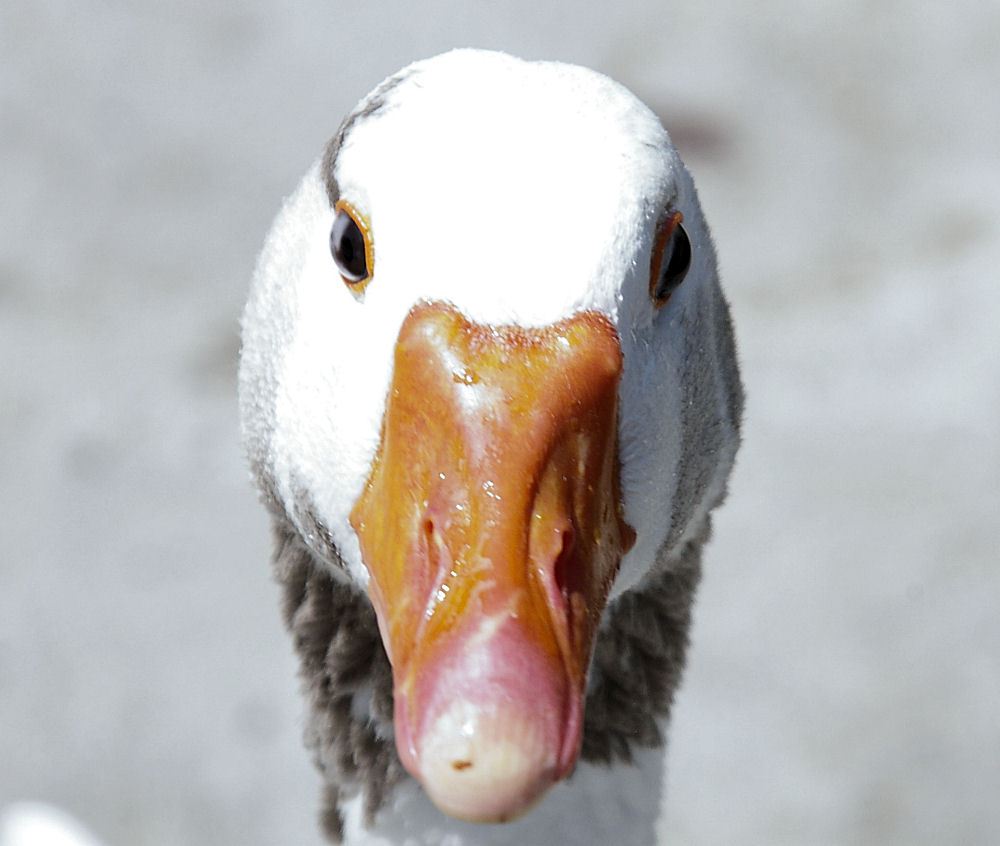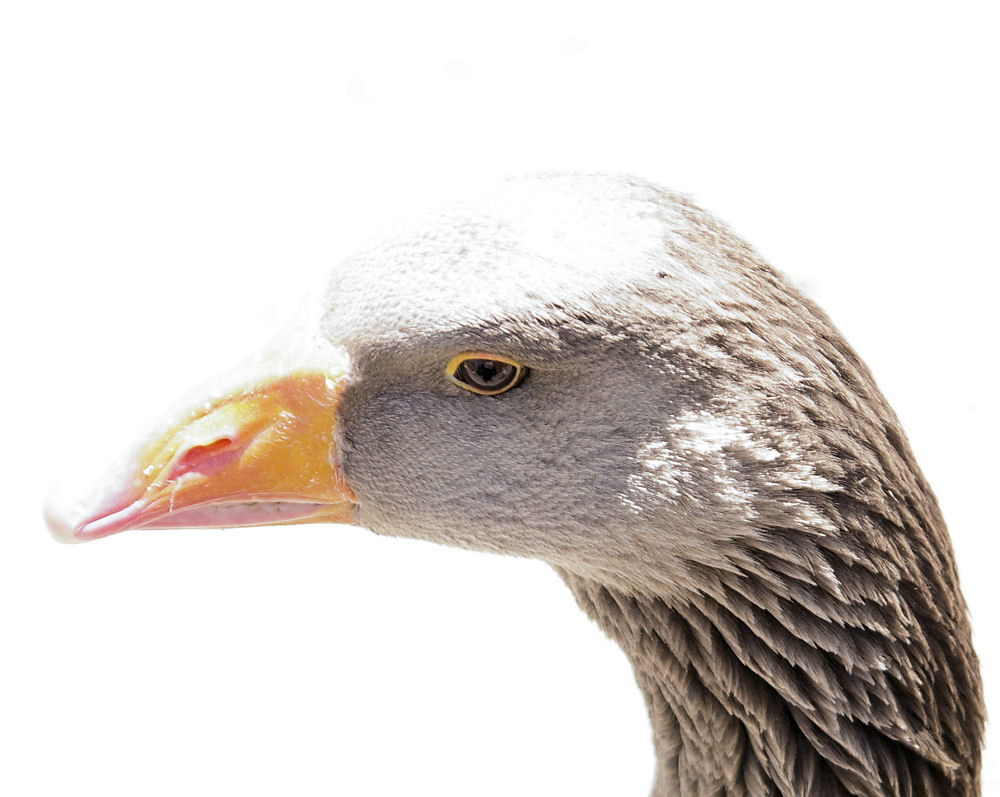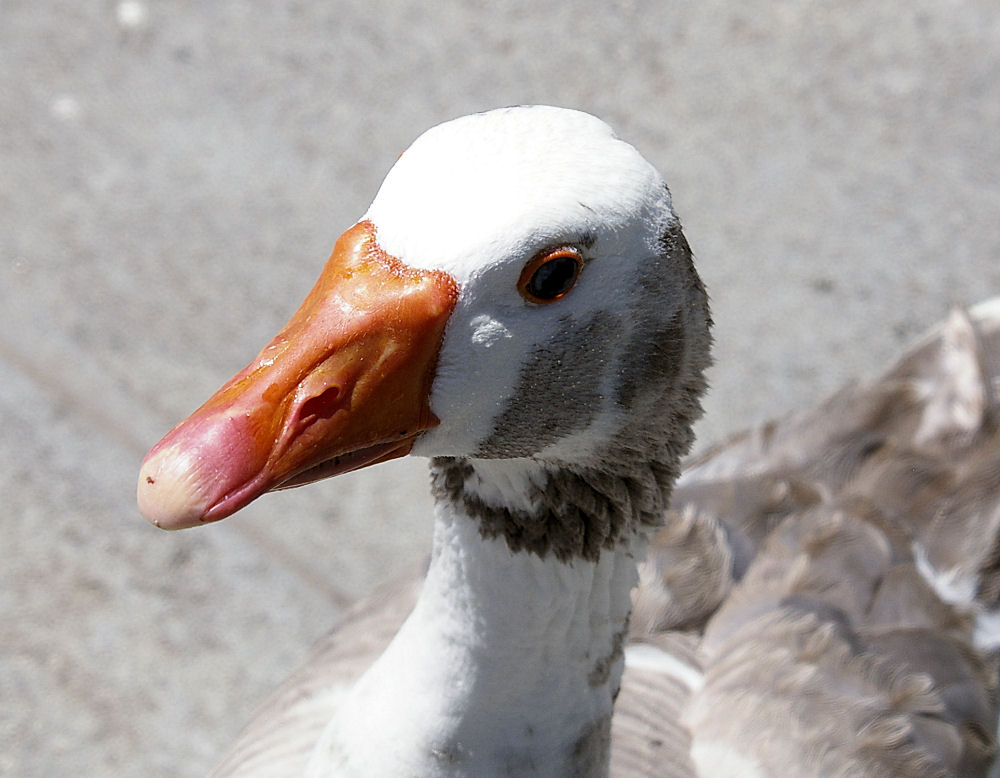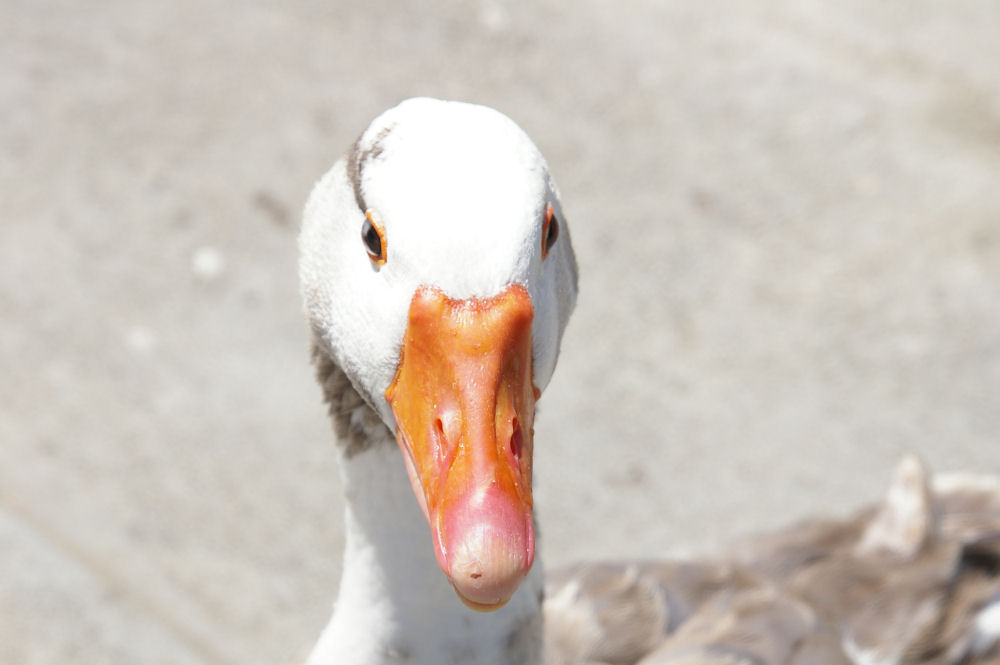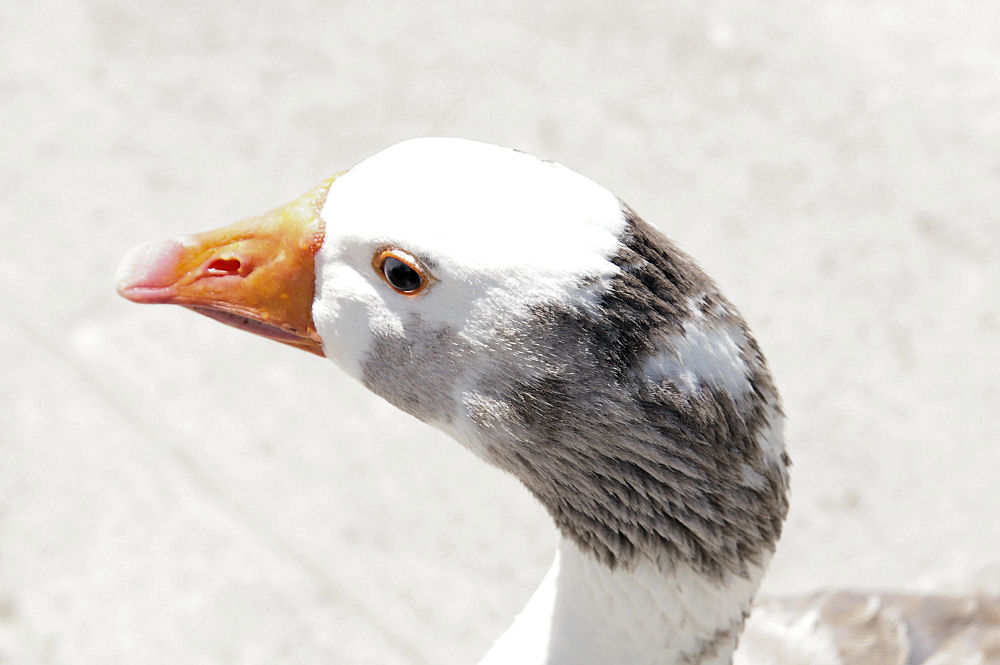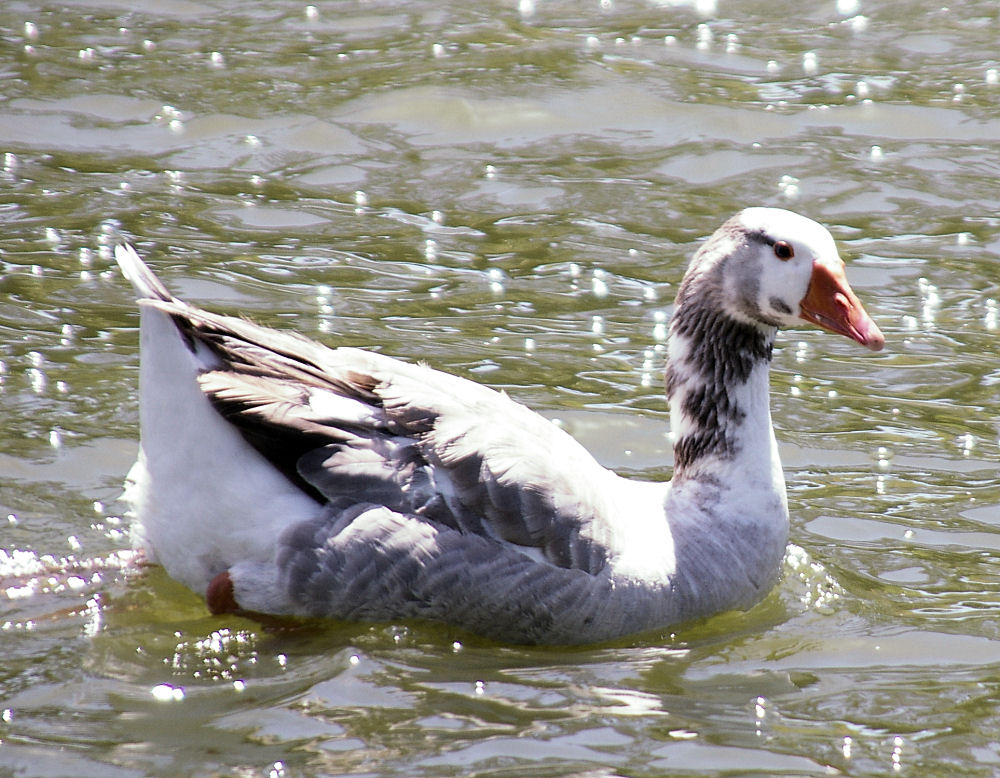|
|
|
 |
Cotton Patch Goose (Choctaw Goose) Domesticated |
| Anser anser | |
Cotton Patch Geese were common in the southeastern US until the 1950s. They were used to weed cotton and corn fields.
Interesting Information
-
These geese were used to weed cotton and corn fields up until the 1950s
-
Lobe development - the fat flaps between the legs of a goose - is minimal and a single lobe, if any, becomes present with supplemental feeding. Without supplemental feed, a lobe is not present.
-
Cotton Patch geese have the ability to fly well beyond their first year, easily clearing 5-6 foot fences without a running start.
Description
Adult Description
The Cotton Patch is a "sleek" goose that resembles Greylag geese from which all European geese descend. The breed is a light- to medium-sized goose. They are a landrace breed, and there is some variability between strains. Their smaller size allows them to tolerate hot weather better than heavier breeds of geese. The Cotton Patch is an "upright" goose with tail in line with back and wings, giving it a clean wedge profile. The Cotton Patch's body is more elongated and less rounded than breeds such as Shetland or Pilgrim goose. The paunch is minimal and when present has a single lobe.
The Cotton Patch's head is rounded and the beak is dished. One strain more closely resembles the Pilgrim goose and has a beak that is slightly "roman". The ganders in this strain tend to have as many gray feathers as Pilgrim ganders, but these feathers are all dove gray - unlike the Pilgrim in which they can be slate gray.
Cotton Patch geese have the ability to fly well beyond their first year, easily clearing 5-6 foot fences without a running start. Although this may seem like a fault to some, this ability often allows the birds to escape predators. As would be expected from their history, they are excellent foragers, and goose breeders should continue to select for this trait. Cotton Patch geese are very rare, and in need of serious conservation breeders.
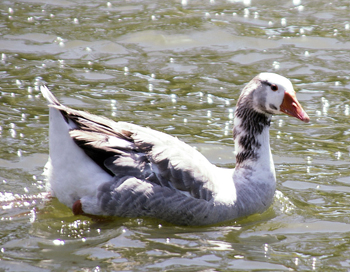
|
Habitat |
|
Wetlands including marshes, lakes, and damp heather moors. |
|
Food |
|
Eats grass, cereals, potatoes, and other crops. |
Taxonomy
| Kingdom: | Animalia |
| Phylum: | Chordata |
| Subphylum: | Vertebrata |
| Class: | Aves |
| Order: | Anseriformes |
| Family: | Anatidae |
| Subfamily: | Anserinae |
| Genus: | Anser |
| Species: | Anser anser |
| Subspecies: | Anser anser domesticus? |
